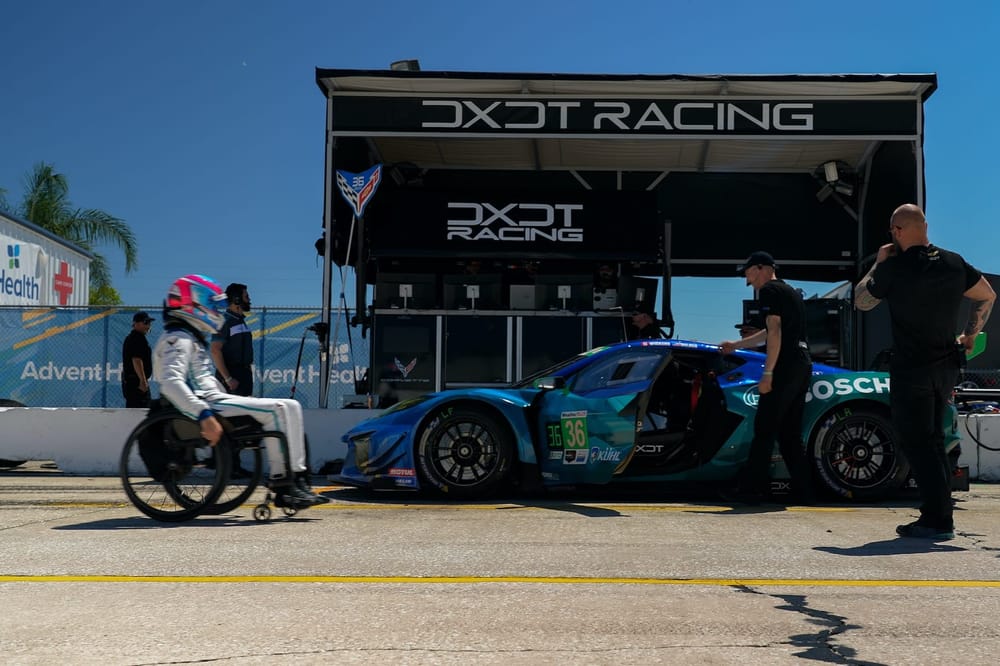This weekend not only will Robert Wickens reach the highest level yet since the IndyCar crash in 2018 which left him partially paralysed, but he'll also show how his work could change the way disabled people get to drive cars in the future.
Perhaps his wife Karli put it best: "Rob's changing the way for disabled people and there's a greater meaning to all of it, to the struggles."
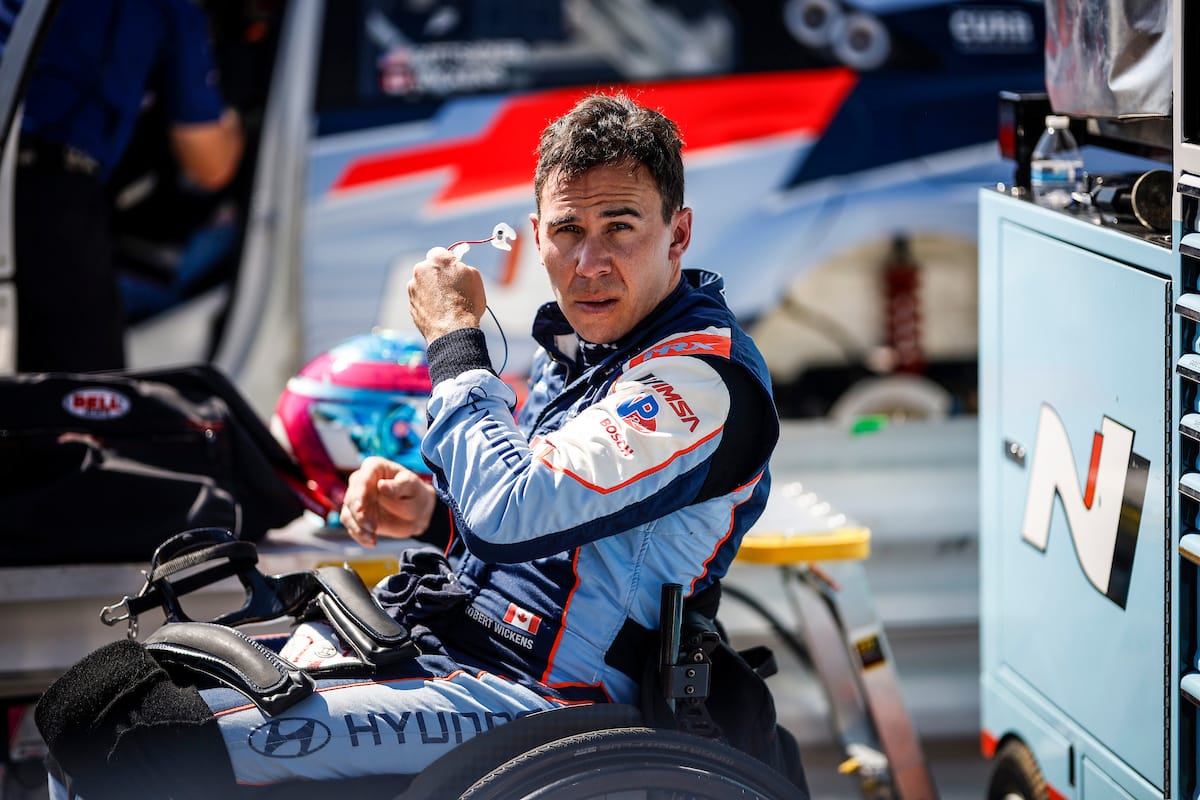
Wickens's path to reaching the IMSA SportsCar Championship - where he'll race a GTD-class Chevrolet Corvette for DXDT Racing - has been arduous. In fact, 'arduous' is an understatement.
But his expertise and the testing he has gone through has, along with Bosch and its braking system, led to hand controls which could theoretically used by anyone in any vehicle, almost interchangeably.
Here's what you should know ahead of his return to top-level competition in 2025.
How did he reach this point?
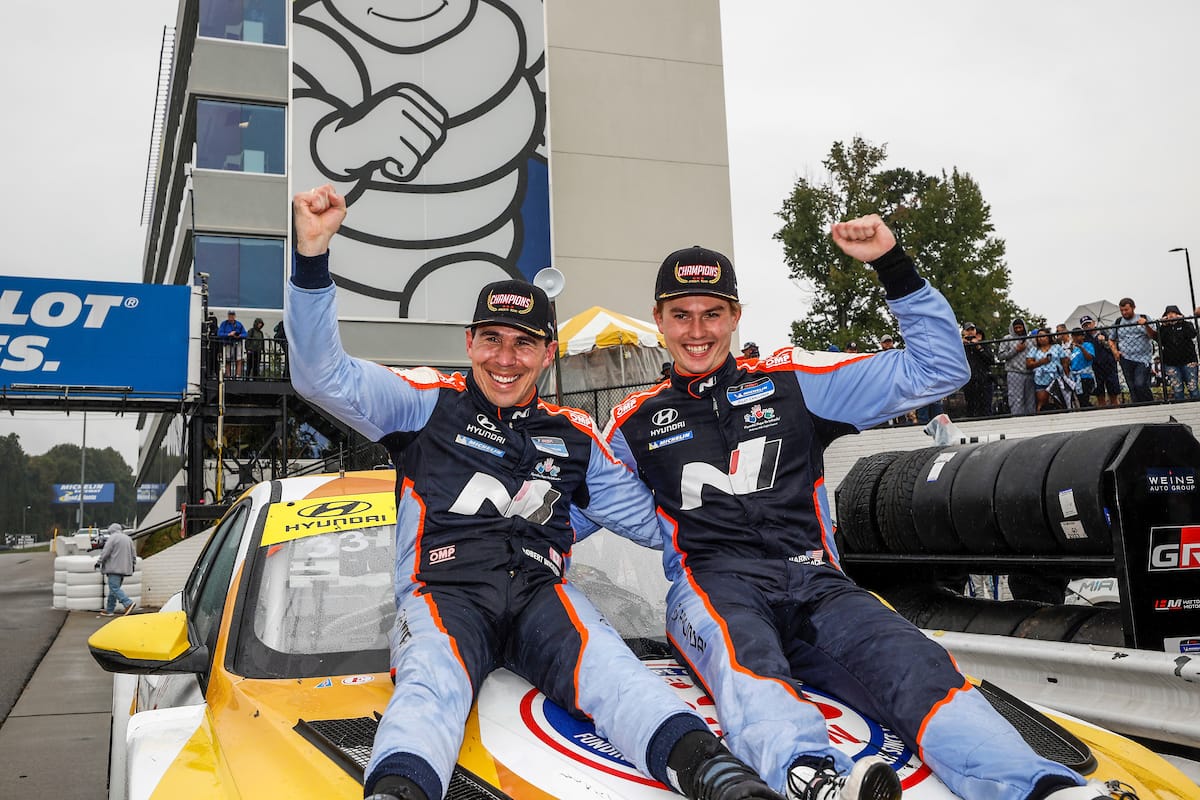
After his 2018 Pocono crash, Wickens didn't have to get up and force his body to breaking point in a bid to return the strength he had prior. But he did.
All of that work meant that when the opportunity arose in 2021 to get back behind the wheel for real, he could do so, and one year later he took his first win since the Norisring DTM race in 2017 when he won the IMSA-sanctioned Michelin Pilot Challenge race for TCR touring cars at Watkins Glen, driving for long-time supporter Bryan Herta Autosport.
In 2023, he won that championship (pictured above) - and last year he helped to develop Bosch's new hand-control system which he then raced with in the second half of last year.
Wickens on what Long Beach race means
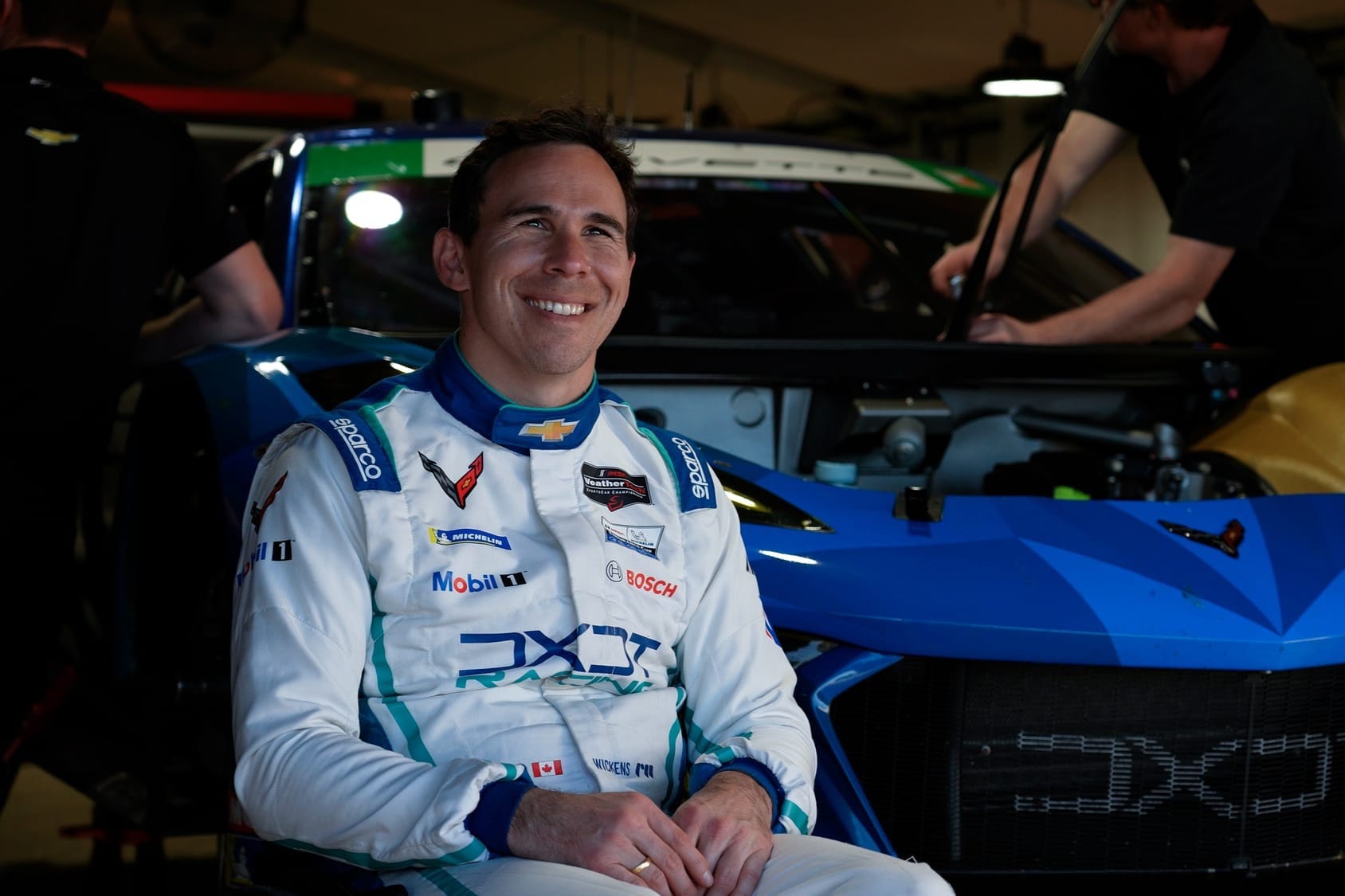
It's not for us to say whether Wickens has reached the highest level of anyone using hand controls with this weekend's Long Beach race, but certainly few have been back at such a level after a crash of the magnitude Wickens had, which consequently means he is in a wheelchair daily.
Since his crash, Wickens has spoken of wanting to return to IndyCar. He drove a Formula E car recently and has talked further of wanting a single-seater return.
"In terms of what's left, there's always opportunity," he said.
The Race is covering endurance racing now. Check out our latest features:
New car? New rules? Inside Peugeot's complex WEC situation
Winners and losers from the Sebring 12 Hours
What you should know about Max Verstappen's own team's 2025 plans
The glaring omission as Ford commits to a WEC Hypercar
"But my goal is always to get to the highest levels and I feel like I'm here. So the next step is to become a week-in, week-out staple of the series [IMSA] and make sure I can get myself to a full-time position for 2026 and then start fighting for championships."
Wickens said he would have raced at Daytona and Sebring earlier this year if he and the team had been ready, so we can expect Wickens to do a full season in the future if the rest of this year goes well and he can put together the funding.
How does his system work?

Wickens has to use hand controls to drive the car.
He has a large metal ring around the back of the steering wheel which is his brake. He has a paddle either side for the throttle, but Wickens uses the left-side one. The down-shift paddle is also on the left, while Wickens does his upshifting and braking with his right hand.
Bosch is the supplier for the electronic braking system (EBS) used in the top-level IMSA prototypes. Wickens has a system from the rear axle of a prototype in the footwell of the Corvette. This controls his braking electronically, front and rear.
One of the reasons this is a massive breakthrough is his previous custom design set-up used in the TCR Hyundai effectively used hydraulics to power what looked like a giant robot leg which pushed the brake pedal in.
The time lag between Wickens pulling the brake lever, the hydraulics working and the 'robot leg' pushing the brake pedal was significant. The electronic system is much faster, accurate and more programmable via the electronics.
The system turns off and on with the flick of one switch. So during a driver change his team-mates who want to use the pedals as normal just flick the switch and they're good to go.
What are the challenges with it?
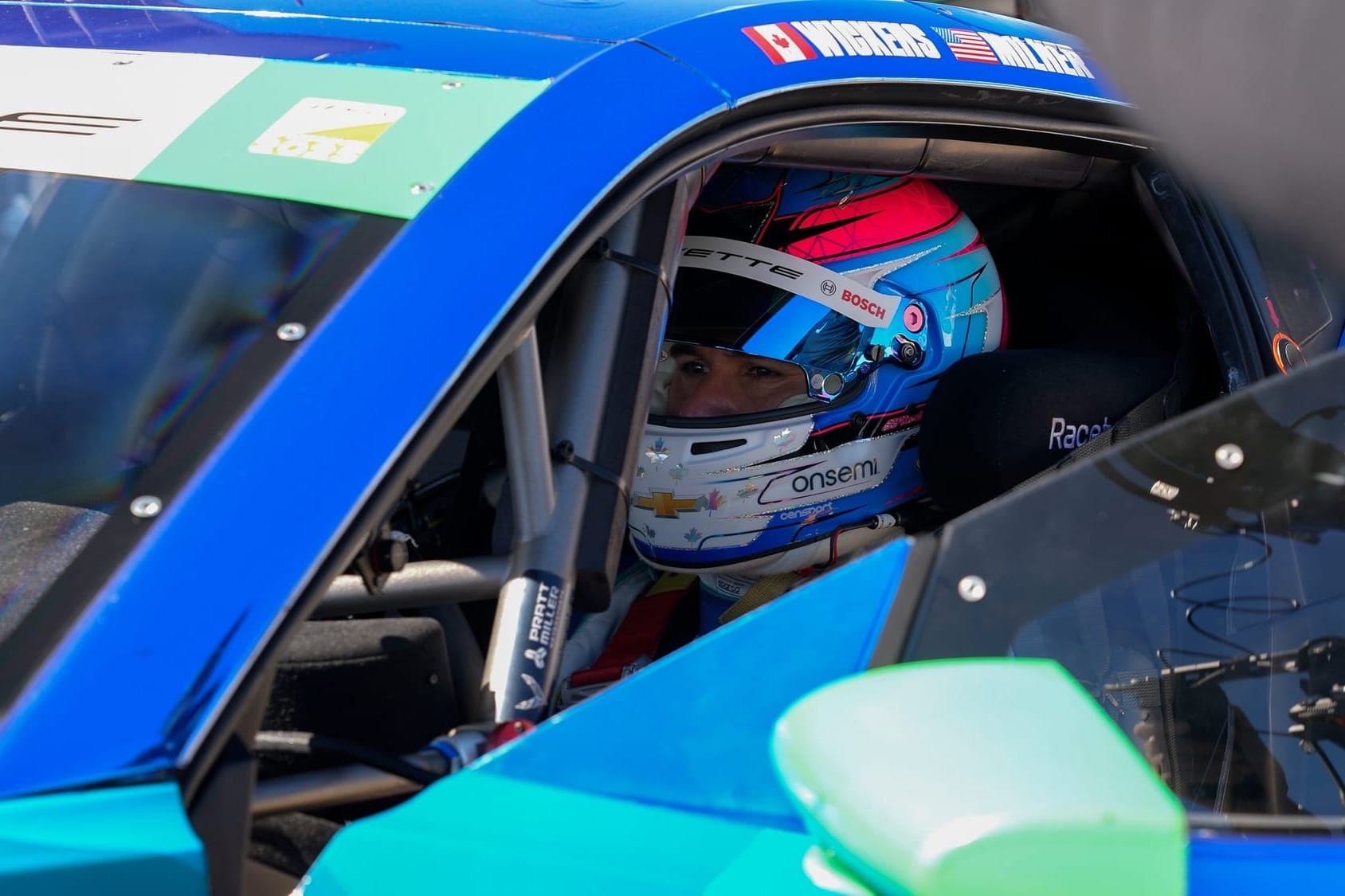
The biggest challenge with any hand controls - other than the technology working and packaging it, obviously - is brake feel.
The brake pedal is not an on-off switch. You'll know this if you've ever tried braking left-footed in your road car. (But please, don't go out and do this now if you haven't before!)
Basically, unless you've practiced it, with left-foot braking your foot doesn't have a 'feel' for the pedal and you can press it too hard or not enough. It's imbalanced.
Brake pressure is crucial for any driver, and now Wickens has to do it through an inanimate system instead of his own leg and foot.
This new system, being electronic and without enormous delay like his old system, allows his hand to feel the pressure of the brakes in a similar way a foot would, which means he can be more adaptable with the paddle than he could before with his previous system.
Why is it a breakthrough?
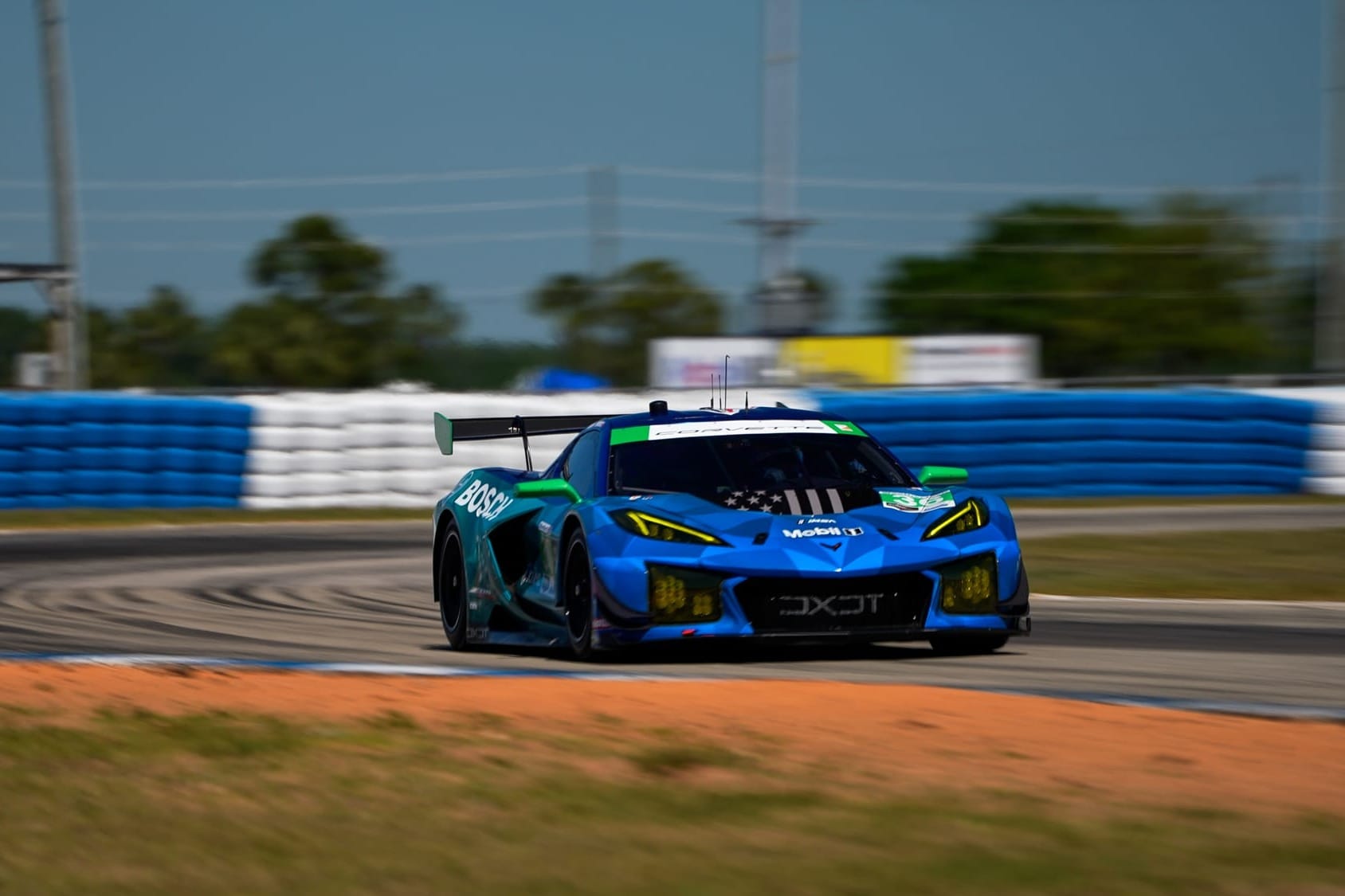
A lot of the time, drivers using hand controls have a system specially built for them, like Wickens did in his Hyundai.
When something is custom-made and plumbed into a car, the chances of being able to just pop that system out and install it in another car are extremely low.
This new Bosch system is basically a spec unit. The main parts you need are the steering wheel and paddles, and the Bosch EBS system used in LMDh cars which then takes over the brakes and effectively makes them brake-by-wire.
So this system is so important because it has the potential to be repeatable in other unassociated cars, bringing down the barriers to entry for drivers wanting to compete or even just drive at any level.
"What we're learning here today can transfer into any race car and then hopefully down the road what we're developing with the electronic braking system from Bosch, opportunities are endless that maybe this can evolve into road safety and into everyday road vehicles and accessibility in road vehicles," added Wickens.
How's the car been so far?
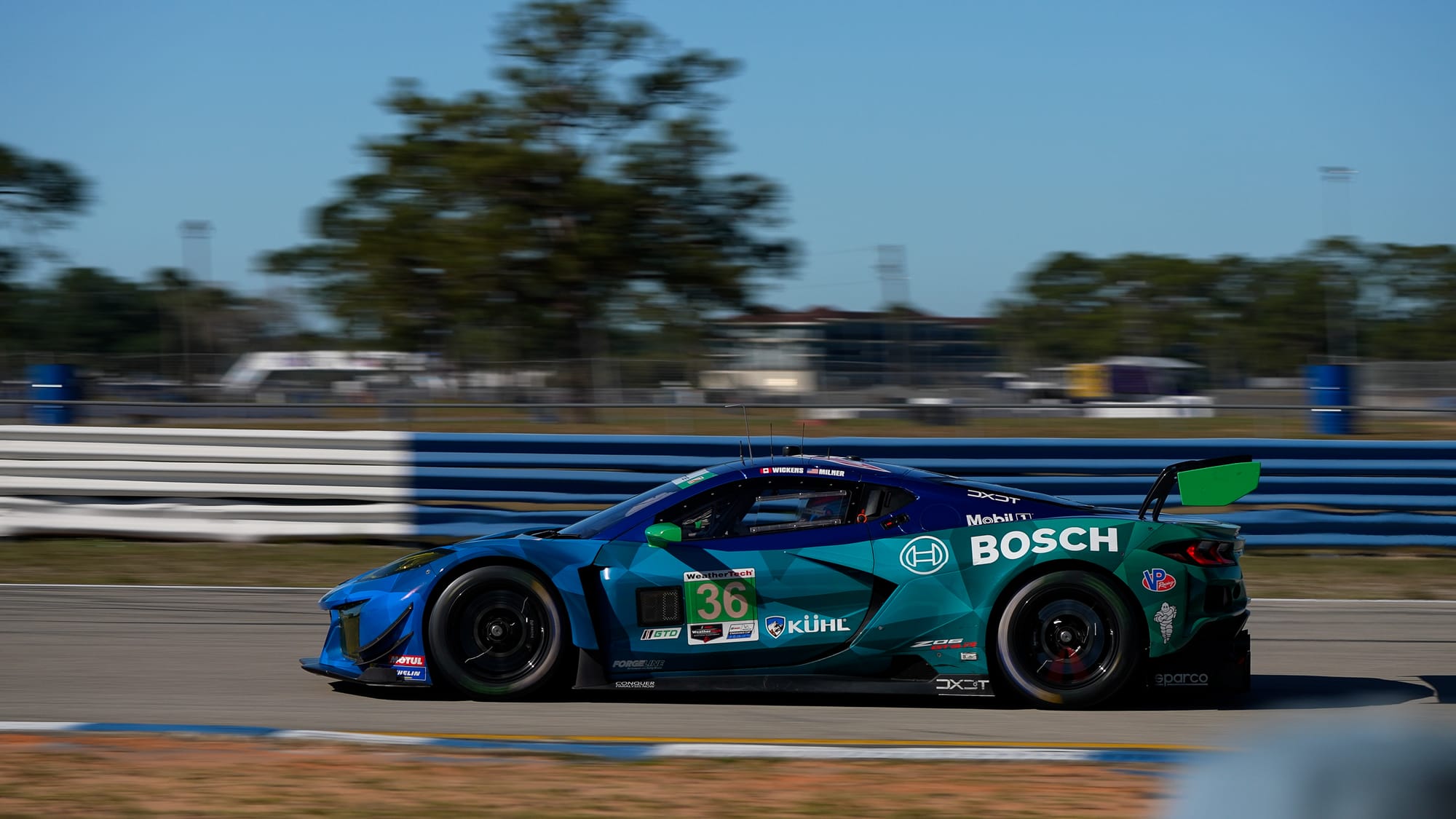
"The biggest takeaway I have so far is that it feels like the Bosch EBS and the hand-control system developed by Pratt Miller belongs in his car, there hasn't been a single hiccup," Wickens said after spending hours in the car at Sebring last month in his first proper test.
As well as adapting to the new system and the brake feel we mentioned, there's some car-specific challenges with the set-up Wickens will have to get used to given its his first race in this car.
I’m super excited to get going in Long Beach a couple weeks from now. Our first test with the new Bosch EBS and hand controls went incredibly smooth in the Corvette. Many thanks to @DXDTRacing , @teamchevy and @boschusa for their commitment to this project. Now, let’s get to… pic.twitter.com/qtottUBRDX
— Robert Wickens (@robertwickens) March 28, 2025
"In terms of extracting laptime from a proper traction control system and all the aids and assists that we have inside the car, still trying to understand kind of what makes it click," he said.
"Because I think when I'm applying throttle, I think I'm applying like 10% throttle, but I'm actually more like 30%, 35-40% throttle. And I'm immediately getting traction control intervention, and the car is coping and handling it great and there's no dramas.
"But I feel like it's still catching me by surprise and it's still something I need to keep working on."
A strong team-mate
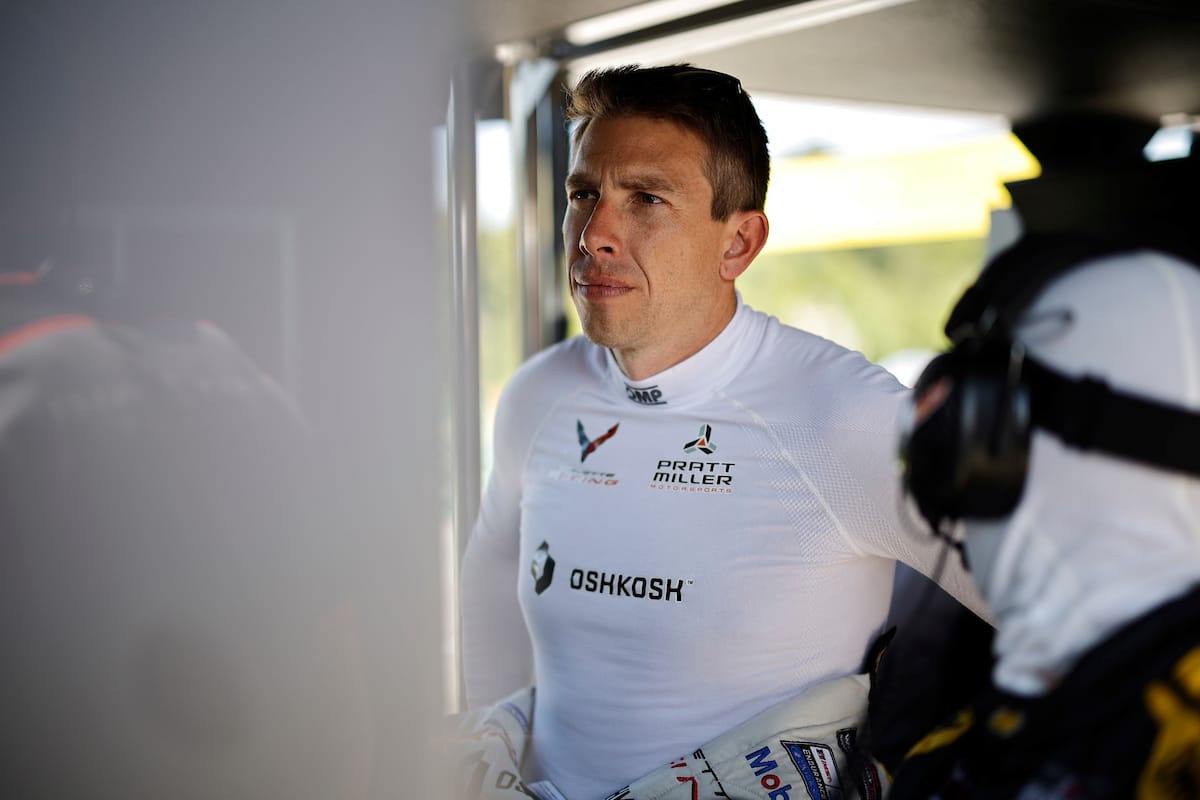
While Wickens faces some tough competition in his first race, he has factory Corvette driver Tommy Milner alongside.
"I want to help him as best as I can, give him as much of the knowledge and information that I've gathered over the years driving this Corvette to give him the best opportunity to be successful," said Milner, who has the most wins at Long Beach of anyone on this year's entry list.
What to expect for Wickens
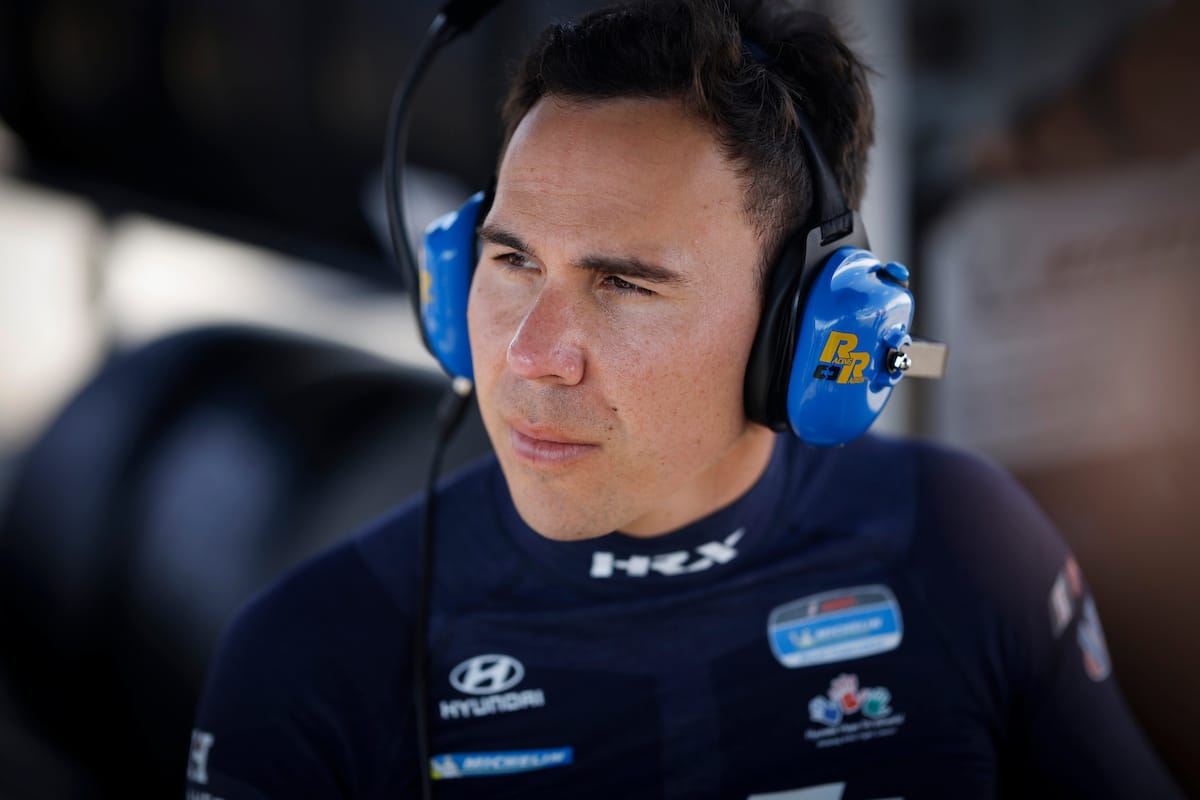
As well as using the controls in a race for the first time, Wickens is going to have to manage all the elements of a top-level contest.
It's going to be the fastest he's gone for some time and at a higher standard, so his racecraft is going to get a refresh. He won't have raced with top-class GTP cars overtaking him at speed for a long time either so that'll be a fresh challenge.
He's done pitstops in the Michelin Pilot Challenge, so those shouldn't be a problem short of the change of car throwing up any curveballs.
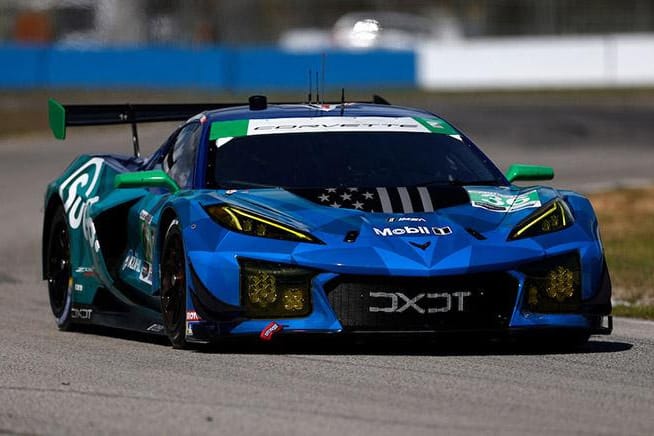
With it being a short, 90-minute race it should just be a one-stop scenario, so a simple one stint and pitstop to hand over the car to Milner to finish is most likely.
All of that is before you consider the usual things like...driving the car well! The set-up, managing the tyres and fuel loads, that sort of thing.
While before his crash, you'd expect him to be fastest or at least up there with anyone in this class, the expectations are different here and he needs time to master the system and find a rhythm.
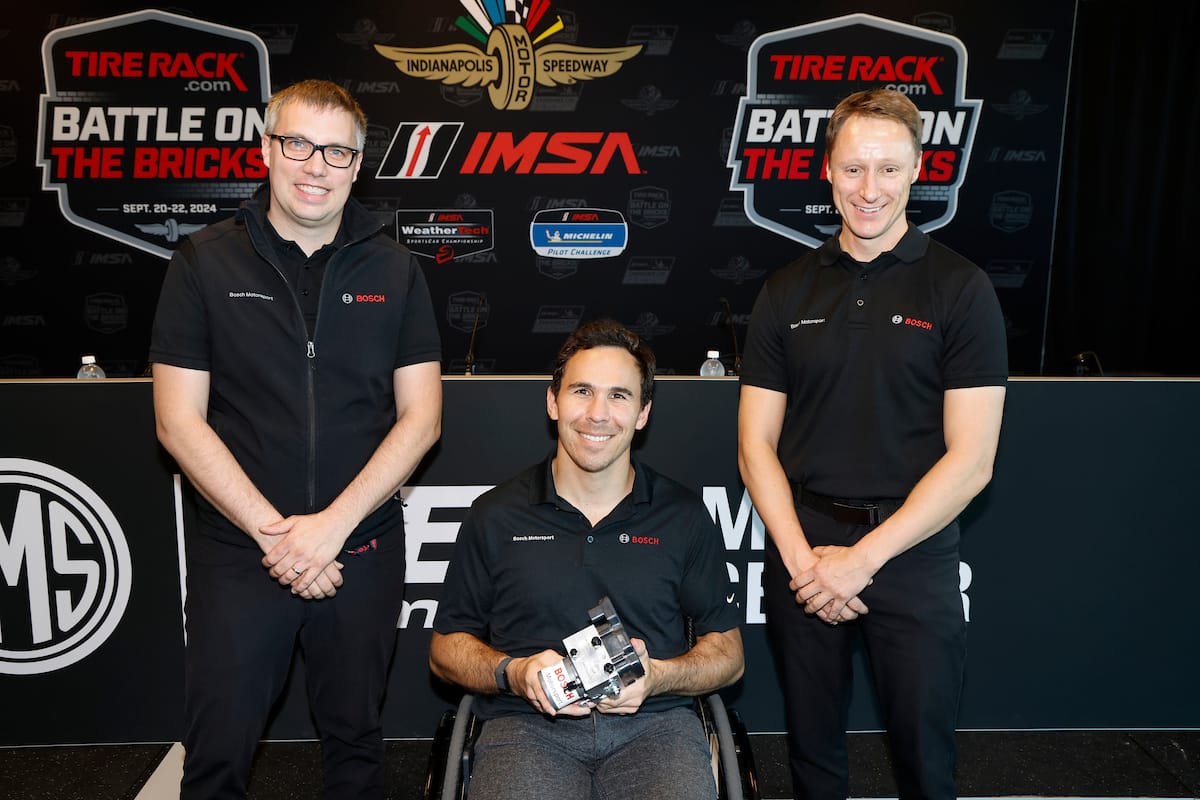
Asked by The Race what he's expecting the biggest challenge to be, Wickes said: "Best-case scenario, I do my first runs and I'm only a handful of tenths off of Tommy and we're in a window where we can keep chipping away.
"Until I'm in that environment, it's hard to tell."
It's going to be very exciting finding out what Wickens can do. And even if he's struggling for pace here, the evidence of how far he's come since his comeback tells you he'll find a way to make it work, and be an absolute inspiration in the process.

